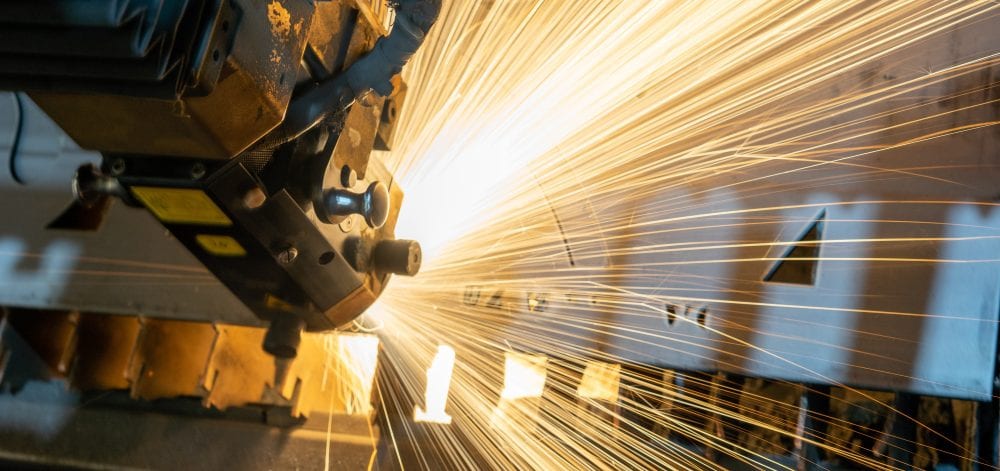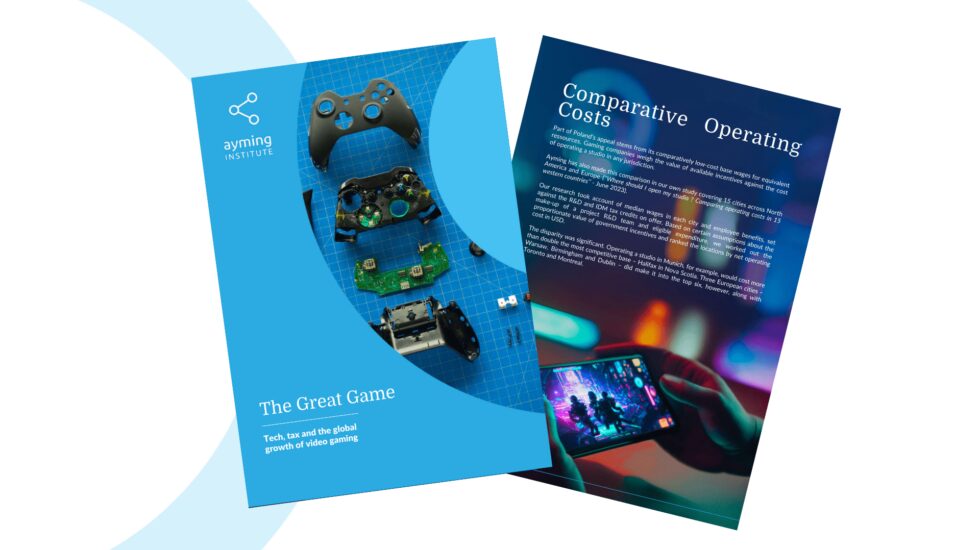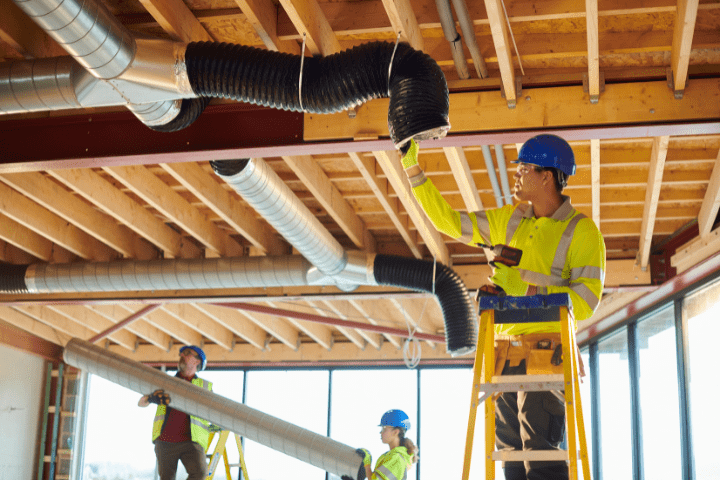Barely a day does by without hearing about new technological developments that are changing our lives at lightning speed. Surprisingly, a significant amount of these developments occur out of sight from the majority of us. The Manufacturing industry is one such area. The sector is rapidly evolving to deliver precision, repeatability, and maximum throughput. Upfront investment in many technologies is helping to provide high quality parts and processes, while decreasing labor costs, waste, and material scrap. Let’s take a look a few examples.
Pneumatics and Robotics:
In industries benefiting from manufacturing automation like factory assembly lines, many businesses have implemented the use of pneumatic robotic systems. These systems utilize a compressed air or an inert gas power system to engage cylinders, air motors, pneumatic actuators, and other pneumatic devices. This efficient and repeatable technology has quickly evolved to include the robotic arm. Utilizing pneumatics and hydraulics, robotic arms are able to move with precision, performing repetitive operations with specific locations and pressures perfectly every time, removing the inevitable human error,
Although developing custom pneumatic and robotic systems require significant up-front costs associated with the engineering and implementation, US businesses are benefiting from a reduction of assembly line labor, enhanced quality, and increased throughput.
3D Printing and Directed Energy Deposition:
Not all manufacturing industries and businesses operate to produce large quantities of the exact same part or component. For those businesses producing complex and distinctive parts, the purchase and implementation of robotics and pneumatics cannot be justified or easily adapted. Over the last decade, 3D printing technology in the plastic and metal spaces has arrived in custom manufacturers facility floors, across the United States and the globe. 3D printing allows for the rapid production of a part prototype to be tested and verified at a much lower cost than previously.
Directed Energy Deposition is a technology derived from 3D printing which utilizes a focused energy source, such as a laser, to melt the material while it is deposited by a nozzle. This technology achieves part shape and from by depositing material onto a base or component through the nozzle mounted on a 4 to 5 axis arm. The material is typically provided in powder or wire form is heated while simultaneously being deposited repeatedly, until the layers have solidified and created the part.
There are many applications of the technology, whether weight reduction for the aerospace sector, greater flexibility and customization for automotive, mass customization and faster time to market in manufacturing, or even enhanced medical devices and personalized healthcare.
Take Away:
As technology continues to evolve in the manufacturing industry, US businesses must follow suit. Although the implementation of these technologies requires up-front costs, the efficiencies gained, cost savings, and the all-important competitive advantage provide further justification for investment. Significant amounts of these investments, can be recouped through the US Tax Credit scheme.














No Comments